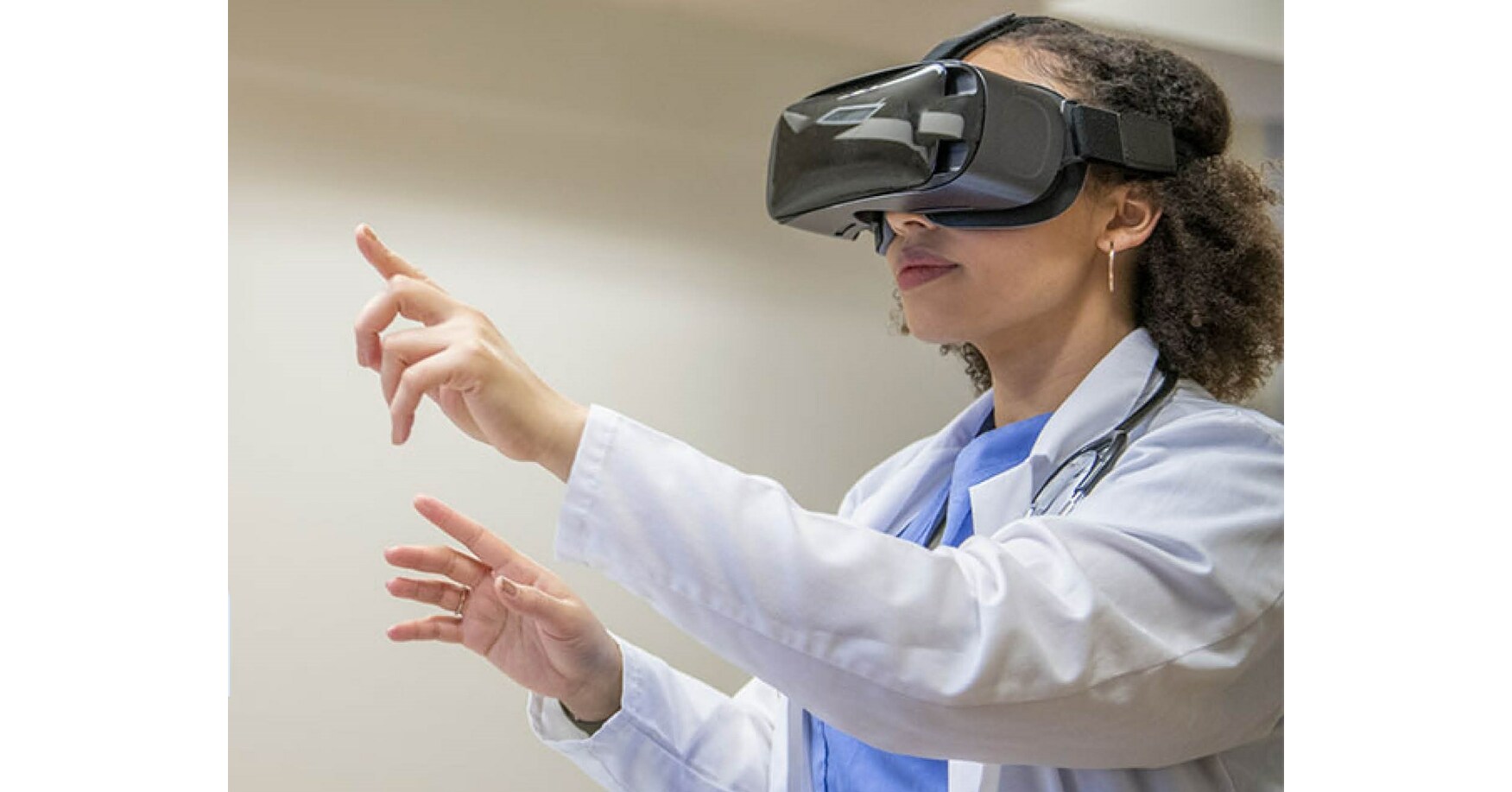Healthcare Training and Learning is Becoming Anyone’s Game

Medline offers tips to implement gamification into healthcare training
MISSISSAUGA, ON, April 4, 2023 /CNW/ – Medline Canada is using the principles of fun and games to train clinicians on product usage. And it’s not just Medline; healthcare facilities, hospitals and medical schools are taking advantage of this by updating their training to include gamification elements — adding game-like components or even some competition — to their modules.
How Medline Uses Games to Foster Learning
Ruby Hartsell, Senior Director of Clinical & Training Services at Medline Canada, Corporation, says Medline uses gamification when training clinicians on product use. She pointed to a session where participants were taught to wrap a surgical item or tray properly. They then held races between participants to see who could prepare the surgical items the fastest. Then they tried it blindfolded.
“At first, there’s a bit of a trepidation and a bit of giggling,” said Hartsell, describing the initial feelings around the bit of competition. “What’s neat is that they surprise themselves, how well they know their work. It’s that brain-hand connection. They do a great job — it’s impressive to watch.”
The fun competition certainly instills confidence in their work, but Hartsell also points out that those observing the one’s racing benefit from critiquing and correcting their peers.
Is It Just for Fun?
While everyone participating in the relay race undoubtedly enjoyed themselves: Are there benefits to gamifying how we learn, beyond engagement? Research says the answer may be yes.
Games have a clear set of rules and, generally, a straightforward way in which a player can gain points or move ahead. By establishing a framework for success and giving students a clear sense of how they can “win,” gamifying education can make goal setting easier for students. [1]
Some schools are also on the cutting edge, experimenting with more technology in their classrooms, with grade-school kids now learning to create video games and film videos. [2]
As learning is changing in classrooms worldwide, is technology embraced in healthcare? For Hartsell, nothing will beat in-person, practical experience in education, but she says there are benefits to doing things virtually.
“This is a new wave, and we’d better embrace it more,” she said. “It’s to our advantage to embrace it. There’s a lot we can do with and around virtual training.”
The COVID-19 pandemic accelerated the need to go virtual, which also helped lead to more innovative ideas. A partnership with the University of British Columbia’s faculty of medicine and Vancouver’s Centre for Digital Media has seen games and apps developed that help medical students train. One of these games sees instructors control virtual patients as medical students use buttons to indicate how they would ask questions of their fictitious patient.
Students pointed out the benefits of this new technology, particularly during the height of the pandemic. However, one plus to the program may be surprising. Students coming from other countries noted that the virtual setting allowed them to learn and navigate the cultural differences in Canada between patients and doctors — something that may have been less comfortable face-to-face. [3]
Moving Forward to a Gamified Future
If you’re thinking of implementing gamification into your system, here are some skills that you should keep in mind:
- Teamwork to implement gamification on a broad level and to maintain standards.
- Technological savvy to leverage the most recent innovations and stay current on how techniques evolve.
- Customer-relation skills to help patients or staff understand and troubleshoot their applications.
- Leadership to set a vision and provide a clear direction for using gamification.
- Sales and marketing skills to help healthcare providers seek buy-in for gamification efforts.
- Organizational decision-making and goal-setting to build a professional culture that values gamification and seeks innovation.
Players also don’t have to be just traditional students — residents, families, and volunteers are potential players in any gamification learning. It may also be worthwhile to think of your current training modules; there may be something you’re already doing that is gamified, providing the opportunity to expand or build on that aspect.
As you continue to think about how to innovate healthcare training, Medline continues to do the same, while having a little fun along the way.
Medline Canada, Corporation
Medline is a leading global manufacturer and provider of high-quality medical products and services to the healthcare industry. Our expertise in healthcare solutions throughout the continuum of care, coupled with the scale and agility of our supply chain, allows us to partner with our customers to enhance patient care, improve clinical outcomes, drive effective cost management and provide fast access to quality products.
By applying our CARES values every day in all that we do, Medline Canada is deeply committed to the health and wellbeing of our customers, employees, partners and communities. With more than 550 employees, including 125 dedicated sales and clinical professionals, and eight distribution centres across Canada, we are a trusted partner in delivering the healthcare needs of Canadians from coast-to-coast – Together Improving Care™. For more information, visit: www.medline.ca
[1] Lee, J. J. & Hammer, J. “Gamification in Education: What, How, Why Bother?” 2011 Academic Exchange Quarterly, 15(2). 2
[2] Corbett, S. :Learning by playing: Video games in the classroom,” September 2010, New York Times. Retrieved from: http://www.nytimes.com/2010/09/19/magazine/19video-t.html
[3] Hui, V & and Fung, K. “B.C. students use games to level up virtual training for doctors,” March 2021, The Thunderbird. Retrieved from: https://thethunderbird.ca/2021/03/11/b-c-students-use-games-to-level-up-virtual-training-for-doctors/
SOURCE Medline Canada, Corporation

For further information: Contacts: John Quinn, Medline Canada, Corporation, [email protected]





